This week I attended the Geelong library to listen to an address by Dr Anita Heiss as part of the library’s Open Mind lecture series. I wish I’d remembered that on the previous Friday we’d celebrated the International Year of the Girl. For me there was a connection. Dr Heiss was the kind of woman every girl would want to grow into – feisty, funny, uncompromising. Andrew Bolt didn’t stand a chance really.
Dr Heiss was one of a group of indigenous people who took Bolt to the Federal Court in Melbourne on charges of racial discrimination and won. Bolt had suggested in 2010 that it was fashionable to choose Aboriginal racial identity, which brought ”political and career clout”. Earlier articles, ”It’s so hip to be Black” and ”White fellas in the Black”, had similar themes. Bolt wrote that ”white Aborigines” were ”people who, out of their multi-stranded but largely European genealogy, decide to identify with the thinnest of all those strands, and the one that’s contributed least to their looks.”
Dr Heiss is a member of the Wiradjuri nation of central New South Wales, a board member of the National Aboriginal Sporting Chance Academy, the Patron of WEAVE and the Alliance of Girls’ Schools of Australia. She is a National Ambassador for the 2012 Year of Reading and an Adjunct Professor with Jumbunna Indigenous House of Learning, UTS. Her most recent book, Am I Black enough for You? is her thirteenth. You could call her a high achiever. (http://www.anitaheiss.com/index.html)
There’s been a lot of discussion in the media in recent days about the prevalence of misogyny in public life. For me it’s a bit of a no-brainer. A lot of public figures have been putting their hands on their dictionaries and swearing that of course they don’t ‘hate’ women (‘my mother was a woman after all’). I’ve always thought that the meaning of misogyny was a bit more subtle than merely ‘hatred’ and I was relieved to see Australia’s own Macquarie dictionary today redefine ‘misogyny’ to include ‘a deep prejudice’ against women. Dictionary meanings are always playing catch-up with vernacular usage and I’ve always believed that despite Women’s Lib there’s still a residue of an innate belief that women deserve inferior roles to men in society (cue in some religious institutions here).
We don’t ‘hate’ women but they are better than men at domestic duties like ironing etc etc. They can’t be priests because Jesus just hung out with male apostles. They can’t be given important roles in society because they might go and get pregnant. There’s a long list of lame excuses such as these that get volleyed about to confirm our prejudices.
Prime Minister Gillard’s historic anti-misogyny speech last week (http://www.abc.net.au/news/2012-10-17/misogyny-redefined-after-gillard-speech/4317468) was a resounding challenge for us all to examine ourselves for misogyny, racism and homophobia. Dr Heiss made me think when she challenged her listeners about our understanding of our own identity. Why, she asked, is there a double standard when we can call some indigenous people ‘half-caste’ when we gubbahs with our mixed backgrounds are not labelled the same? With my own English/Irish background I’m a definite contender for the title of ‘half-caste’.
Racism, misogyny, sexism and homophobia all appear to be alive and well in Australia. I experience the latter most days when I listen to public discourse. Maybe we all need to look into that mirror that Julia asked Mr Abbott to pay attention to. Who is the fairest of us all?

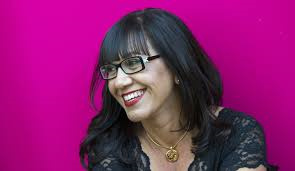
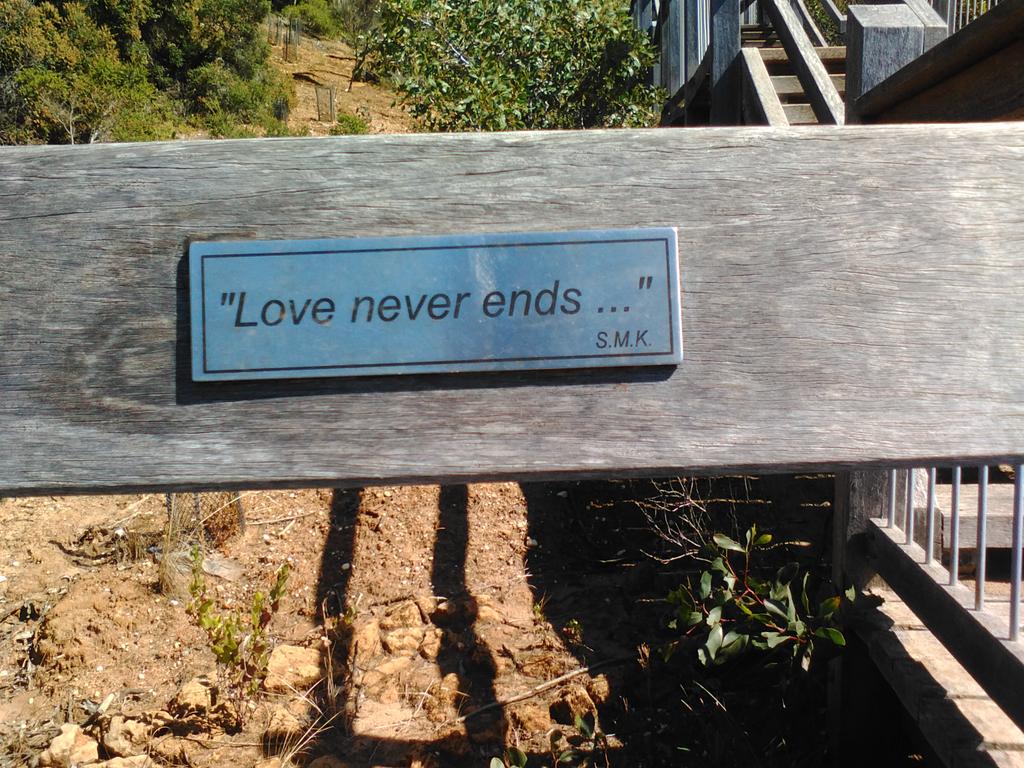
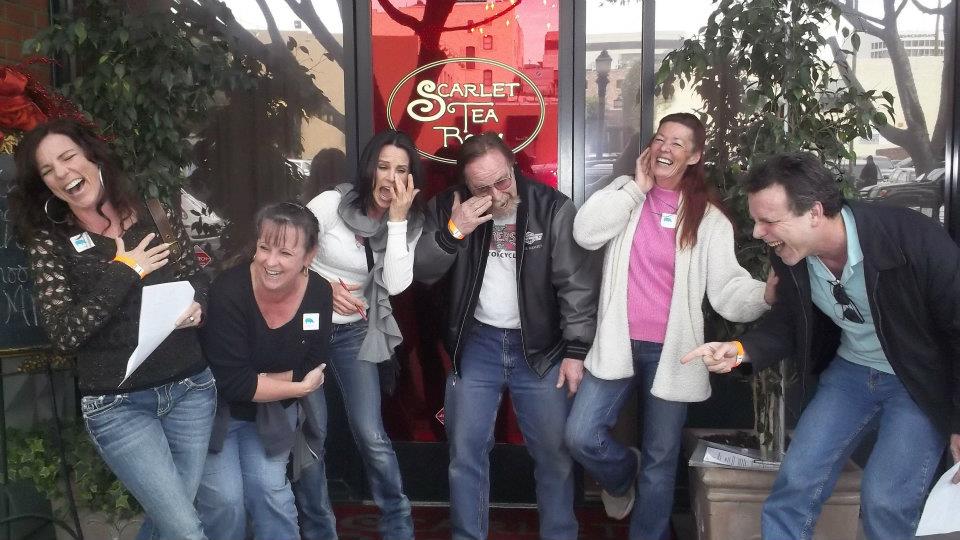
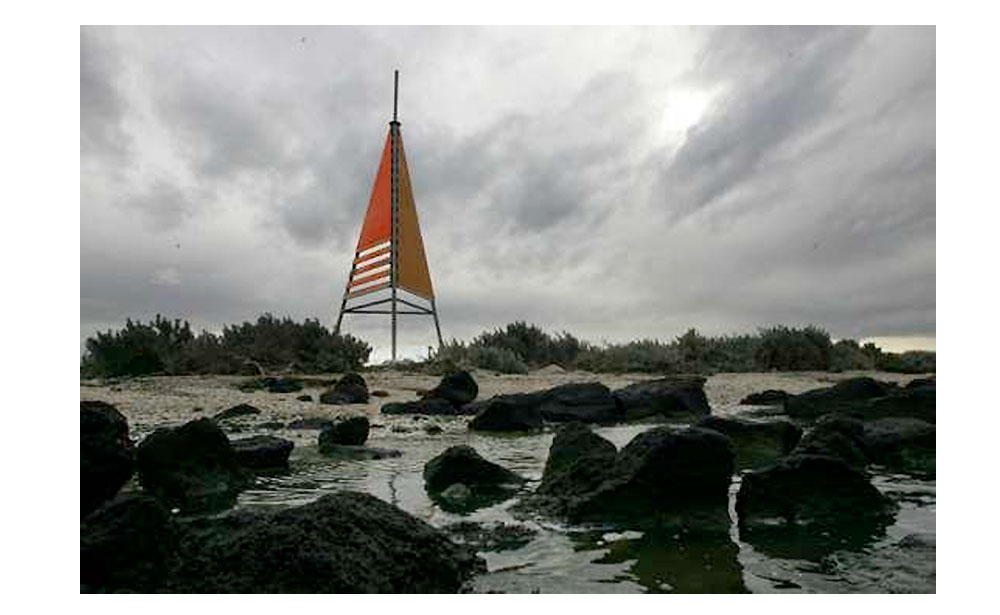

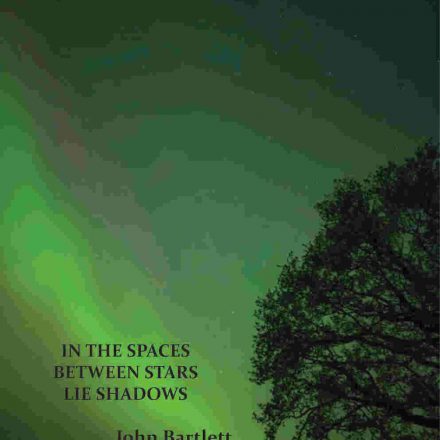
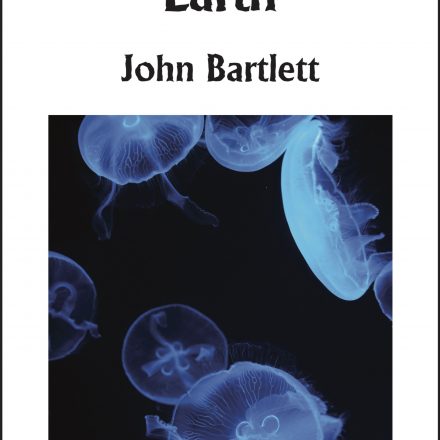
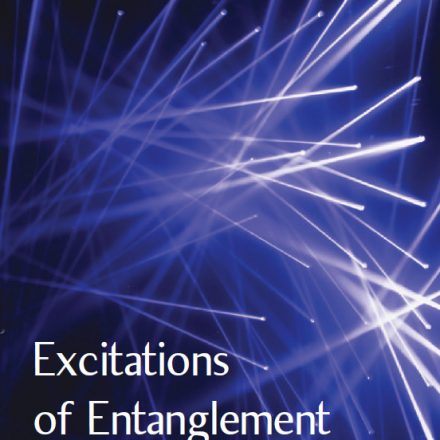
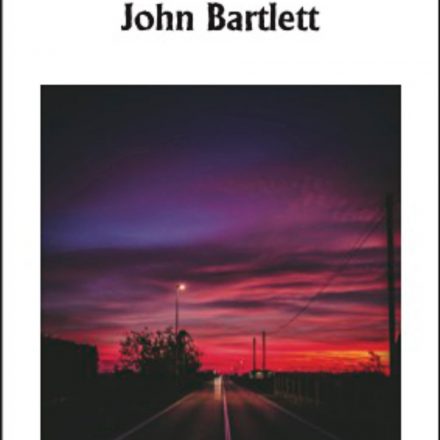
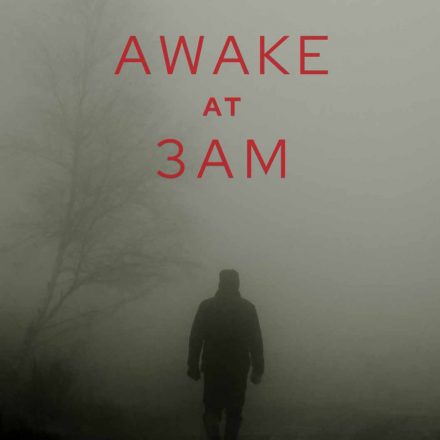
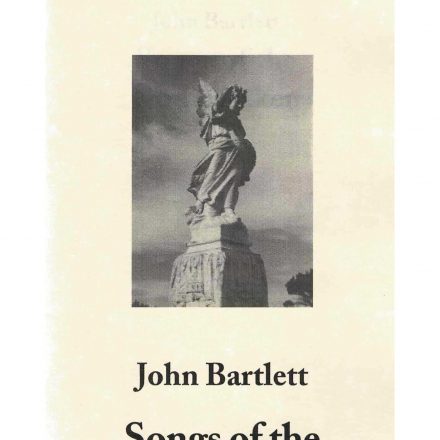
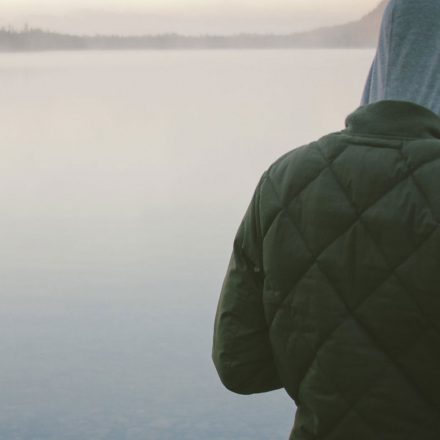
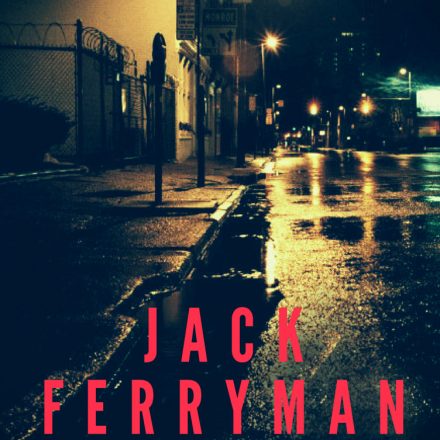
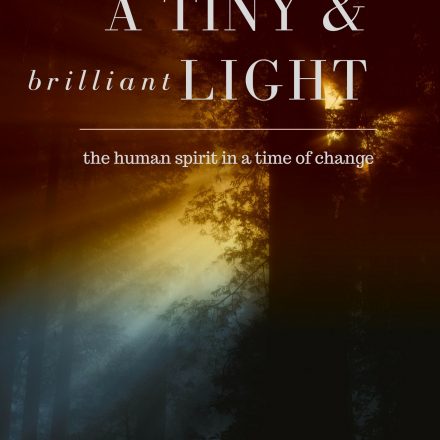
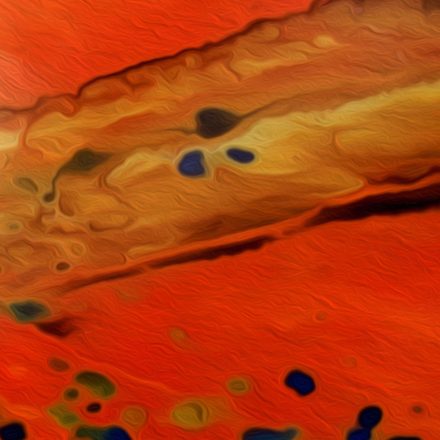
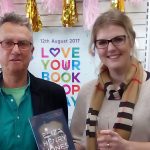
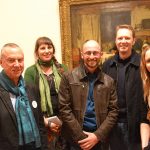
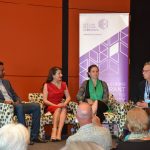
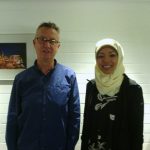
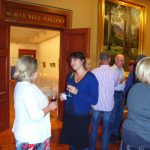
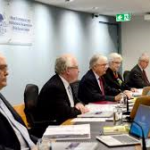
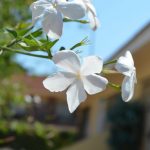
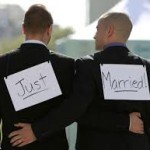
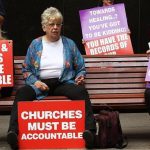
At least it’s good that all of these issues are being discussed, and I am proud to see that woman are featuring more strongly in our nation’s leadership roles. Regardless of politics, with women like Penny Wong, Julia Gillard, Nicola Roxon, Quentin Bryce and others at the helm, I feel we have moved forward. It’s disappointing that the media can be so slow to follow!
Andrew Bolt should have been sacked long ago – and I refuse to buy the Herald-Sun. Thank goodness for people like Dr Anita Heiss, for making a ‘journalist’ accountable for such ignorant reporting. And, thank you, John, for continuing the conversation.
Janine